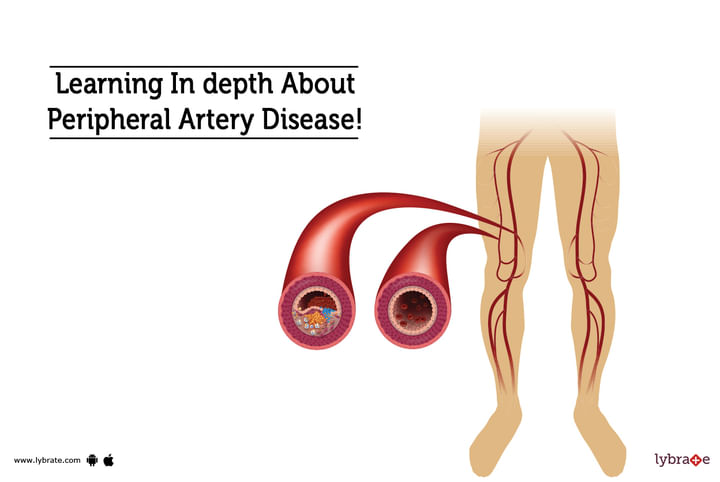Learning In depth About Peripheral Artery Disease!
Peripheral Artery Disease (PAD) is a disease of blood vessels that are located outside the heart and brain. The condition develops due to fatty deposits in the arteries and veins that stops the blood flow to the heart and mind as the case may be. It narrows the artery and restricts the blood flow, which causes problems to other organs of the body such as kidney, liver, and stomach.
Symptoms of Peripheral Artery Disease-
Peripheral Artery Disease is the most common type of condition in people. Some people may not even notice the symptoms. The symptoms include:
- Pain in the hips and lower leg area.
- Brittle toenails.
- Short breath while taking stairs.
- Pain in the calf.
- Numbness and coldness in the leg around a calf
- Hair loss on legs and feet
- Erectile dysfunction in men
- Repeated sores and ulcers in legs
Causes of Peripheral Artery Disease-
The most common cause of Peripheral Artery Disease is the deposit of fatty substances inside the arteries. The fatty deposits build in the arteries gradually with a process called Atherosclerosis. Most of the time people do not know that they are facing the problem of Atherosclerosis. With time deposits increase and the arteries become narrow. It restricts the blood flow and causes problems for other organs.
Another cause for Peripheral Artery Disease is clot created in the arteries due to diabetes. Also, this problem is common in diabetic patients and increases with old age.
The risk factors that contribute to the development of Peripheral Artery Disease are high blood pressure, bad cholesterol, obesity, and diabetes.
Diagnosis of Peripheral Artery Disease-
The primary way to test and diagnose Peripheral Artery Disease is to check the blood pressure in the arm and ankles. If the pressure is low as compared to arm in the ankles, one might be facing Peripheral Artery Disease. It is commonly known as the ankle-brachial index. Other ways to determine Peripheral Artery Disease are CT scans, angiography, and blood tests. Since the disease is prevalent and gradually progress, most of the time it remains undetected.
It is essential that Peripheral Artery Disease gets detected and treated well in time. If the condition persists for a more extended period of time, it may result in loss of leg, increased chances of coronary artery disease and carotid atherosclerosis.
Treatment for Peripheral Artery Disease-
The only way to treat Peripheral Artery Disease is to indulge in physical activity. A regular regime of exercise and physical work will help a person to burn fat and makes the arteries fat free. Doctors suggest that daily 30 minutes of walking or gyming will help treat Peripheral Artery Disease with significant effects. One may notice the signs in just a couple of months.
Along with exercise, one also needs to monitor the weight and eating habits. Foods that are rich in fats and bad cholesterol should be avoided. Make changes in the lifestyle and eat a healthy balanced diet. Include fruits and fresh vegetables in the diet and follow a low carb diet for regular food intake. If a person is addicted to smoking and alcohol, then he/she should consider leaving the bad habits for their own good health.
Take Away-
Above are some of the common and tried treatments. However, it is advisable to consult a doctor before opting for any of these options as these treatments are depended upon the condition of the patients.


+1.svg)
